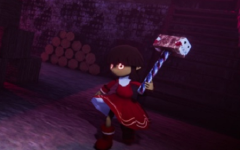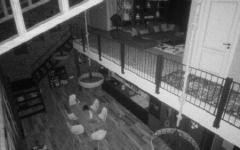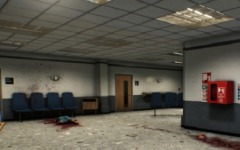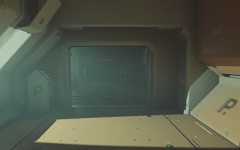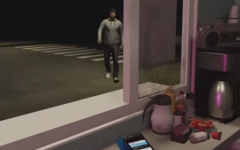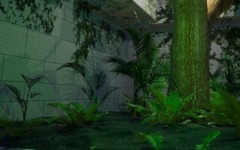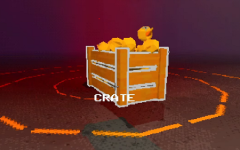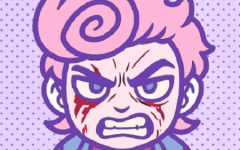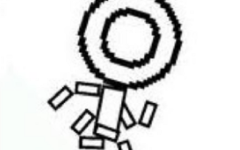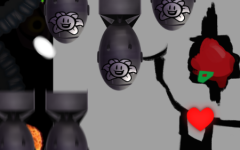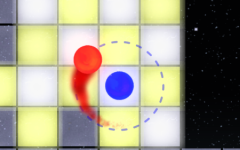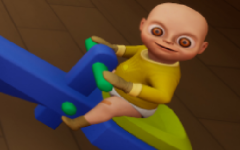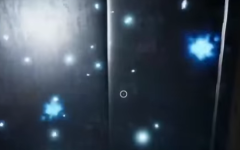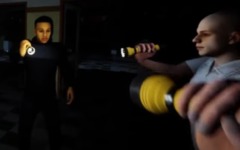Advertisement
Abodtion
Advertisement
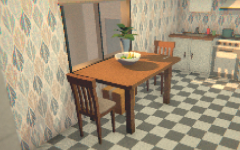
Abodtion is a brief psychological exploration told through the quiet rituals of settling into a new apartment. The player enters a small, unassuming home, freshly moved in after an event that is never clearly described. At first, the setting feels stable — a bedroom with framed photos, a kitchen waiting to be stocked, furniture placed with care. The player begins unpacking, organizing, performing domestic tasks. But as these actions repeat, the space begins to shift, and the ordinary starts to feel misaligned. What should be a fresh start is instead a space haunted by things unsaid.
Objects with Hidden Weight
The act of unpacking in Abodtion is more than a mechanic — it’s the vehicle for emotional pacing. Each object the player picks up or places seems to carry something behind it. A familiar photo looks too still, a microwave hums too long. The player’s role is not to solve a puzzle or chase an objective but to keep doing normal things as they gradually unravel. The more the apartment fills in, the more the feeling of absence intensifies. Objects are not clues, but reminders of something that was supposed to be — but wasn’t.
Shifts in Atmosphere and Perception
As the player moves through the space, subtle alterations in lighting, audio, and visual behavior begin to emerge. Reflections might not match movement. Sounds echo in quiet rooms. The layout remains the same, but the mood does not. Abodtion leans into distortion as a form of storytelling, turning ordinary actions into unsettling loops. A repeated trip to the microwave or a second glance at a picture frame invites discomfort without direct threat. The fear here comes not from danger, but from the creeping sense that reality is starting to fold under quiet pressure.
A Story That Stays Unspoken
Abodtion delivers no clear narrative, but it does deliver a message. Through silence and repetition, it builds the emotional framework of something that ended before it began — a presence that never had the chance to fully exist. The player finishes tasks, moves through rooms, and eventually reaches a point where the apartment is full, but the absence feels larger than before. There is no voiceover, no journal, no direct explanation. The story exists in the tension between completion and emptiness, in the spaces where something should have been but isn’t.





















































































































